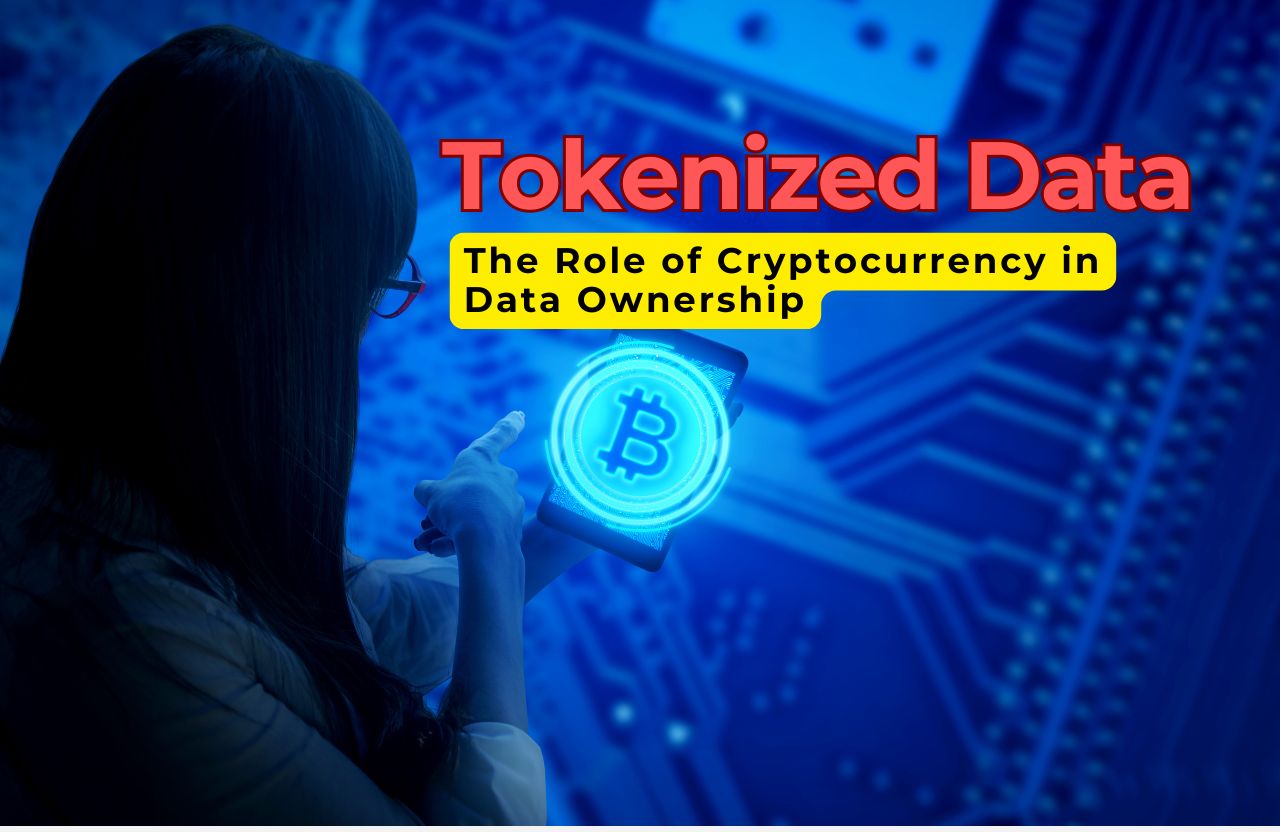In today’s digital ecosystem, convenience reigns supreme. Brands have the technology to learn about us in astonishing detail, offering tailored experiences that feel intuitive and even delightful. From Netflix predicting our next binge-watch to Amazon reminding us to reorder household essentials, personalization is not just a luxury—it’s an expectation.
But with that convenience comes a dilemma. Every time a consumer clicks “accept all cookies” or shares personal information online, they’re making a psychological trade-off: the benefit of personalization versus the risk to privacy. This conflict is both conscious and subconscious, emotional and rational, and it varies from person to person.
This blog explores the psychological trade-offs consumers make when navigating between personalization and privacy, why this paradox exists, and how businesses can ethically harness data while earning trust.
The Rise of Personalization in the Digital Age
What is Personalization?
Personalization refers to the tailoring of content, experiences, or recommendations based on an individual’s behavior, preferences, location, and demographics. It spans every industry: e-commerce, healthcare, entertainment, finance, and education.
Examples include:
- Curated playlists on Spotify
- Personalized shopping suggestions on Amazon
- Custom news feeds on Google or Facebook
Why Consumers Crave Personalization
Psychologically, personalization appeals to our desire for:
- Relevance: We prefer content that resonates with us.
- Convenience: It reduces decision fatigue.
- Efficiency: Fewer steps to reach what we want.
- Recognition: It feels good to be “known” by a brand.
These benefits trigger dopamine responses in the brain, reinforcing the behavior and encouraging repeat interactions. In fact, a study by Accenture showed that 91% of consumers are more likely to shop with brands that provide relevant offers and recommendations.
The Psychological Cost of Privacy Loss
While personalization feels good, the methods used to achieve it often leave consumers uneasy.
Understanding Privacy Concerns
The psychological discomfort of data sharing is often driven by:
- Loss of control: Consumers don’t always know what they’re sharing or how it’s being used.
- Security fears: What if their data is leaked or hacked?
- Feeling of surveillance: Being constantly tracked leads to a phenomenon known as “creepy factor.”
- Data misuse: Stories like the Cambridge Analytica scandal have made consumers wary.
This anxiety is amplified by the “invisible nature” of data collection. Consumers rarely see what data is being gathered, who has access, or what decisions are being made based on that data.
The Privacy-Personalization Trade-Off: A Psychological Paradox
The Privacy Paradox
This paradox is defined by the gap between what people say about privacy and how they behave online.
- A user may express concern over their data but still share personal details on social media.
- They may install ad blockers but enjoy tailored ads that lead to relevant purchases.
Why the disconnect?
- Immediate gratification: Personalization offers instant benefits, while privacy breaches feel distant or hypothetical.
- Cognitive dissonance: People rationalize risky behavior to reduce mental discomfort.
- Trust in brand: Users often share data with brands they like or perceive as trustworthy.
What Influences a Consumer’s Decision to Share Data?
1. Trust in the Platform
A consumer’s willingness to share data heavily depends on how much they trust the company collecting it.
- Apple, for instance, uses privacy as a key selling point.
- Facebook has suffered from user mistrust due to past privacy violations.
2. Perceived Benefit vs Risk
If the reward is high, users are more likely to share data.
- For example, loyalty programs that offer significant savings or benefits in exchange for personal data.
3. Transparency and Control
Companies that offer clear information about what data is collected and give users the ability to control it fare better in building trust.
4. Social Norms and Peer Behavior
If everyone around you is sharing data or using a certain platform, you’re more likely to do the same.
5. Context and Timing
The same person may be more privacy-conscious at work but more relaxed when shopping online at home.
The Neuroscience Behind the Trade-Off
From a neurological standpoint, personalization taps into our brain’s reward systems. Every time we receive a tailored recommendation or relevant ad, our dopaminergic pathways are activated, making us more likely to engage.
Conversely, privacy concerns activate the amygdala, responsible for fear and threat detection. This internal battle between the emotional brain and the reward system shapes our behavior online.
This explains why some people experience digital fatigue and reduce app usage, while others keep using platforms despite privacy scandals.
Ethical Considerations for Businesses
Data Collection Must Be Transparent
Businesses should clearly disclose:
- What data is being collected
- Why it’s being collected
- Who will access it
Offer Opt-In Rather Than Opt-Out
Give users control from the beginning. Pre-checked boxes or hidden settings reduce trust.
Allow Customization of Data Sharing
Not all data needs to be shared for personalization. Allow users to choose what they’re comfortable with.
Build Trust Through Consistency
A single data breach can destroy years of trust. Upholding strong security practices is essential.
Use Personalization to Truly Benefit the User
Don’t just personalize for profit. Personalize to improve the user’s experience and make their journey smoother.
Real-World Case Studies
1. Google Search and Google Ads
- Personalization: Google uses your search history, location, emails (via Gmail), and browsing habits to personalize everything from search results to ads.
- Privacy Concern: Users often feel unnerved by how accurate the suggestions are. There’s also ongoing concern over how much personal data Google stores and how it’s used for ad targeting.
- Interesting Insight: Despite concerns, Google remains the most used search engine, proving that convenience often wins over privacy worries.
2. Amazon’s Recommendation Engine
- Personalization: Amazon suggests products based on your browsing, past purchases, reviews, and items in your cart.
- Privacy Concern: Some users are surprised at how persistent Amazon is in tracking behavior even after logging out or switching devices.
- Trade-Off: The incredibly accurate recommendations improve user experience and increase sales, but raise questions about data overreach.
3. TikTok’s For You Page
- Personalization: TikTok’s algorithm learns user preferences rapidly through interactions like likes, watch time, and shares.
- Privacy Concern: The app has faced scrutiny over how it collects data, especially from minors, and its ties to Chinese data policies.
- Public Response: Despite this, TikTok’s user base continues to grow, especially among Gen Z who prioritize entertainment and relevance.
4. Spotify’s Wrapped and Daily Mixes
- Personalization: Spotify analyzes listening habits to create Daily Mixes and its popular year-end “Wrapped” feature, which users often share on social media.
- Privacy Concern: It’s an example of data being used in a way that’s generally well-received, showing that transparency and value creation can reduce privacy fears.
5. Facebook / Meta Platforms
- Personalization: Facebook’s ad system is extremely advanced, serving up ads that reflect your conversations, interests, and activity.
- Privacy Concern: The Cambridge Analytica scandal revealed how third-party apps harvested data for political profiling.
- Impact: Massive loss of user trust and increased scrutiny from governments and regulators.
6. Netflix’s Algorithm
- Personalization: Netflix uses viewing history and ratings to recommend content uniquely tailored to each user.
- Privacy Concern: While there’s less backlash compared to social platforms, users sometimes feel surprised by how much Netflix knows about their preferences and habits.
- Psychological Trade-Off: Most users accept the data usage due to the high value they receive in return—easy discovery of enjoyable content.
7. Smart Home Devices (e.g., Amazon Alexa, Google Nest)
- Personalization: These devices adjust home temperatures, play music, and even order groceries based on your routines.
- Privacy Concern: Concerns include whether these devices are “always listening,” potential data breaches, and unauthorized access.
- Consumer Behavior: Despite concerns, the smart home industry continues to boom, thanks to the unmatched convenience it provides.
8. Duolingo Language Learning App
- Personalization: Tracks your progress and offers tailored lessons based on your strengths and weaknesses.
- Privacy Concern: Duolingo collects user behavior and sometimes location data.
- Interesting Balance: Users often willingly provide data due to the perceived educational benefit and gamified experience.
Generational Differences in Privacy vs Personalization Preferences
Gen Z and Millennials
- More comfortable sharing data
- Expect hyper-personalization
- Skeptical of brands but value convenience
Gen X and Baby Boomers
- More cautious with data
- Less trusting of new technology
- Prefer transparency over tech gimmicks
Future Trends: The Path Ahead
Rise of Zero-Party Data
Users voluntarily provide data to brands they trust. This builds more ethical personalization.
AI-Powered Privacy Tools
AI is now being used to detect and block unauthorized data usage, giving users more power.
Regulation and Compliance
Laws like GDPR and CCPA have forced companies to adopt privacy-first strategies. Expect more global regulations in the future.
Blockchain-Based Privacy Solutions
Decentralized identity management is an emerging field where users control their own data without relying on centralized servers.
How to Educate Consumers
- Offer Privacy Literacy Campaigns: Teach users about cookies, data sharing, and rights.
- Gamify Data Control: Make managing privacy settings interactive and easy.
- Use Visual Consent Notices: Instead of walls of text, use visuals to communicate what data is being collected.
Conclusion: Striking the Right Balance
The digital landscape is evolving, and with it, so are consumer expectations. While personalization enhances our online experience, it must not come at the expense of privacy. The brands that succeed in the future will be those that understand the emotional and psychological trade-offs consumers make and find ways to balance value with ethics.
By psychological trade, trust, and user control, businesses can offer powerful personalization that doesn’t exploit privacy. In the end, respect is the ultimate currency in the digital age.












